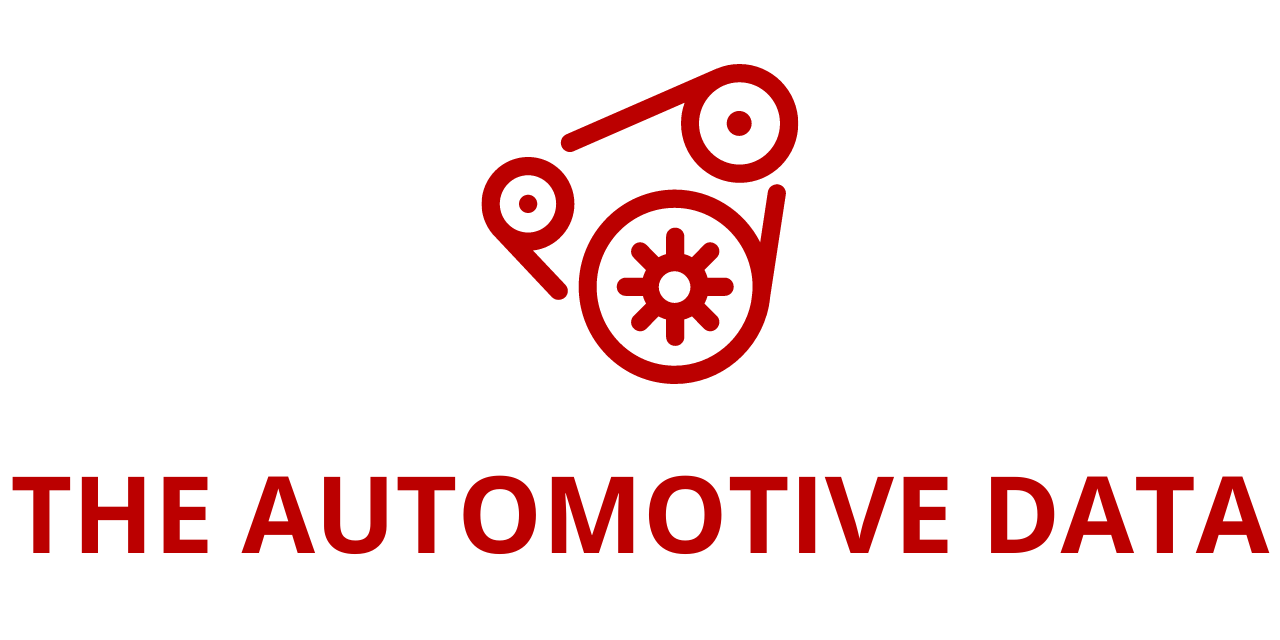
Global Connected Truck Telematics Outlook 2025: Market Environment, Emerging Trends, and Growth Opportunities
The “Global Connected Truck Telematics Outlook, 2025” report, recently added to ResearchAndMarkets.com’s offering, sheds light on how telematics is transforming the global trucking and fleet management industry. With rapid advances in connected technologies, particularly artificial intelligence (AI), the sector is entering a new era of efficiency, safety, and profitability.
This comprehensive report provides stakeholders with an in-depth view of the current market environment, outlines key emerging trends, and identifies significant growth opportunities for the years ahead. From regulatory mandates and OEM-led innovation to regional dynamics and disruptive technologies such as edge computing and video telematics, the analysis highlights both the challenges and the potential of this fast-evolving market.
The Changing Dynamics of Fleet Management
Fleet management has traditionally been centered on operational oversight—tracking vehicles, monitoring routes, and ensuring compliance. However, in 2025, AI and digital connectivity are redefining the very foundation of fleet operations.
AI-enabled telematics platforms now go beyond basic tracking to provide predictive analytics, helping operators anticipate vehicle failures, optimize maintenance schedules, and improve driver behavior monitoring. In North America, AI is expected to dominate fleet management technologies in 2025, creating significant competitive differentiation for providers that can deliver reliable, actionable insights.
Telematics is also being propelled by regulatory requirements. For instance:
- Electronic Logging Devices (ELDs) are mandatory across North America, ensuring accurate hours-of-service recording.
- In Europe, smart tachograph regulations are enforcing stricter compliance and safety standards.
These mandates not only accelerate adoption but also normalize telematics usage across fleets of all sizes, making them an indispensable part of logistics and transportation ecosystems.
Drivers of Telematics Adoption
Several factors are fueling the rapid growth of connected truck telematics worldwide:
- Operational Efficiency: Fleet operators are increasingly focused on reducing downtime, minimizing fuel consumption, and improving asset utilization. Telematics provides the insights needed to achieve these goals.
- Fuel Savings and Sustainability: With environmental concerns at the forefront, telematics solutions enable more efficient driving patterns, route optimization, and reduced carbon emissions, aligning with sustainability initiatives.
- Return on Investment (ROI): Operators now recognize that the upfront investment in telematics solutions pays off through lower maintenance costs, extended vehicle lifespans, and enhanced fleet productivity.
- Regulatory Compliance: As outlined earlier, government mandates across multiple regions are making telematics not just a value-added service, but a requirement.
Emerging Trends: From Edge Computing to Video Telematics
The market is witnessing convergence across technologies, with telematics no longer functioning in isolation. Among the top trends shaping 2025 are:
- Edge Computing Integration: By processing data closer to the vehicle, edge computing reduces latency, improves decision-making speed, and enhances real-time fleet monitoring. This enables immediate responses to incidents such as breakdowns or accidents.
- Video Telematics: Combining traditional telematics data with in-cab and road-facing cameras is revolutionizing fleet safety. Video evidence supports accident reconstruction, insurance claims, and driver training, while AI-powered analytics detect risky behaviors such as distracted driving.
- AI-Driven Decision Making: Beyond diagnostics, AI algorithms are increasingly being used to recommend corrective actions, automatically adjust routes, or provide driver coaching in real time.
- Integration with Autonomous and Semi-Autonomous Systems: As autonomous driving technologies progress, telematics platforms are becoming essential to support connectivity, monitoring, and regulatory oversight.
Market Metrics and Competitive Landscape
The report provides a detailed breakdown of market metrics—including installed base, penetration rates, adoption levels, and OEM market shares. It highlights how telematics adoption varies by region, vehicle type, and application sector.
Installed Base & Adoption
- Adoption is highest in North America and Western Europe, where regulations are strict and fleets are large.
- Emerging markets such as Latin America, India, and Africa are showing strong growth potential as costs decline and localized solutions become more accessible.
OEM and Third-Party Contributions
- OEMs are increasingly embedding telematics directly into vehicles, giving them a strong position in the value chain.
- Third-party providers continue to play a critical role, especially in delivering advanced analytics, integration services, and cross-platform compatibility.
Competitive Environment
2024 was marked by notable mergers and acquisitions in the telematics industry, as larger players sought to consolidate market share and expand their product portfolios. The competitive landscape remains dynamic, with both global leaders and regional specialists vying for fleet operator loyalty.
Regional Analysis: Opportunities Across the Globe
The report presents an in-depth regional outlook for 2025, highlighting both opportunities and challenges:
- North America: Driven by regulatory enforcement and AI adoption, this region remains the largest and most mature telematics market.
- Europe: Compliance-focused growth continues, particularly with the expansion of smart tachograph rules. Sustainability regulations also spur demand.
- Latin America: Rapidly growing demand from logistics and construction sectors is creating strong opportunities for low-cost, scalable solutions.
- Asia-Pacific (APAC): Markets such as India, China, and Australia are expected to grow significantly, aided by government-backed digitization programs and large commercial vehicle fleets.
- Middle East & Africa: Infrastructure investments and cross-border logistics demand are driving adoption, though challenges remain around affordability and standardization.
Top Growth Opportunities for 2025
The report identifies ten major growth opportunities that will shape the connected truck telematics market. Among the most notable are:
- Video Safety Solutions – Growing awareness of road safety is fueling demand for integrated video telematics.
- AI in Fleet Management – Predictive maintenance, intelligent routing, and driver performance optimization offer strong ROI.
- Mergers and Acquisitions – Consolidation is expected to intensify, opening pathways for innovation and global market reach.
- Global GDP Growth – Macroeconomic recovery is likely to boost freight demand, indirectly expanding telematics opportunities.
- Regional Expansion – Growth prospects in Latin America, the Middle East, and Asia-Pacific offer high returns for adaptable providers.
Strategic Imperatives
While the growth outlook is positive, the report underscores that it is becoming increasingly difficult to sustain growth in a competitive, fast-moving market. Success requires aligning with the following strategic imperatives:
- Innovation as Differentiation: Providers must invest in next-generation telematics features—AI, IoT integration, and real-time video—to stay ahead.
- Scalability and Flexibility: Solutions must adapt to diverse fleet sizes, industries, and geographic needs.
- Partnership Ecosystems: Collaboration between OEMs, Tier I suppliers, and software providers is key to offering end-to-end solutions.
Companies to Watch
Several established OEMs, Tier I suppliers, and emerging players are expected to play pivotal roles in shaping the telematics landscape in 2025. These companies are focusing on:
- Expanding value-added services such as predictive maintenance and automated reporting.
- Developing industry-specific solutions for logistics, construction, mining, and urban delivery.
- Enhancing cybersecurity and data privacy, a growing concern as connected vehicles generate massive volumes of sensitive data.








